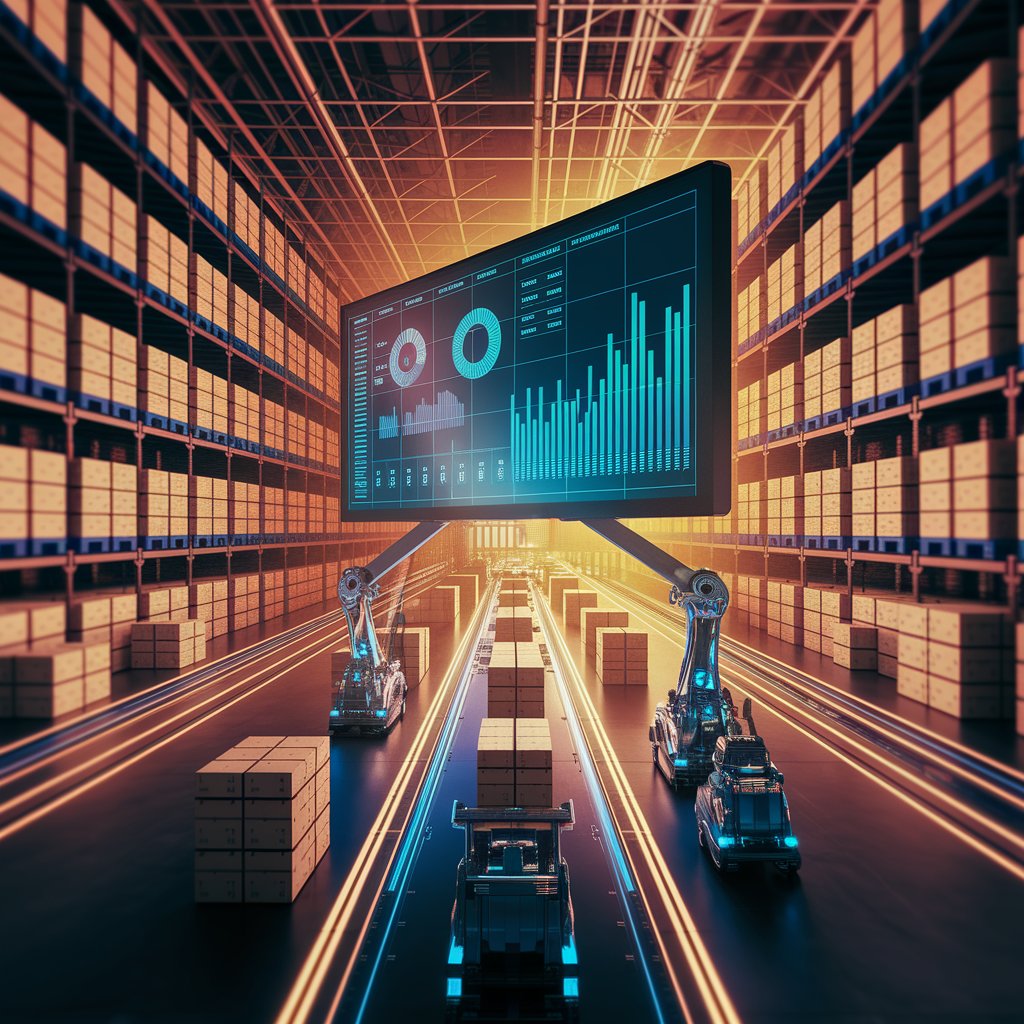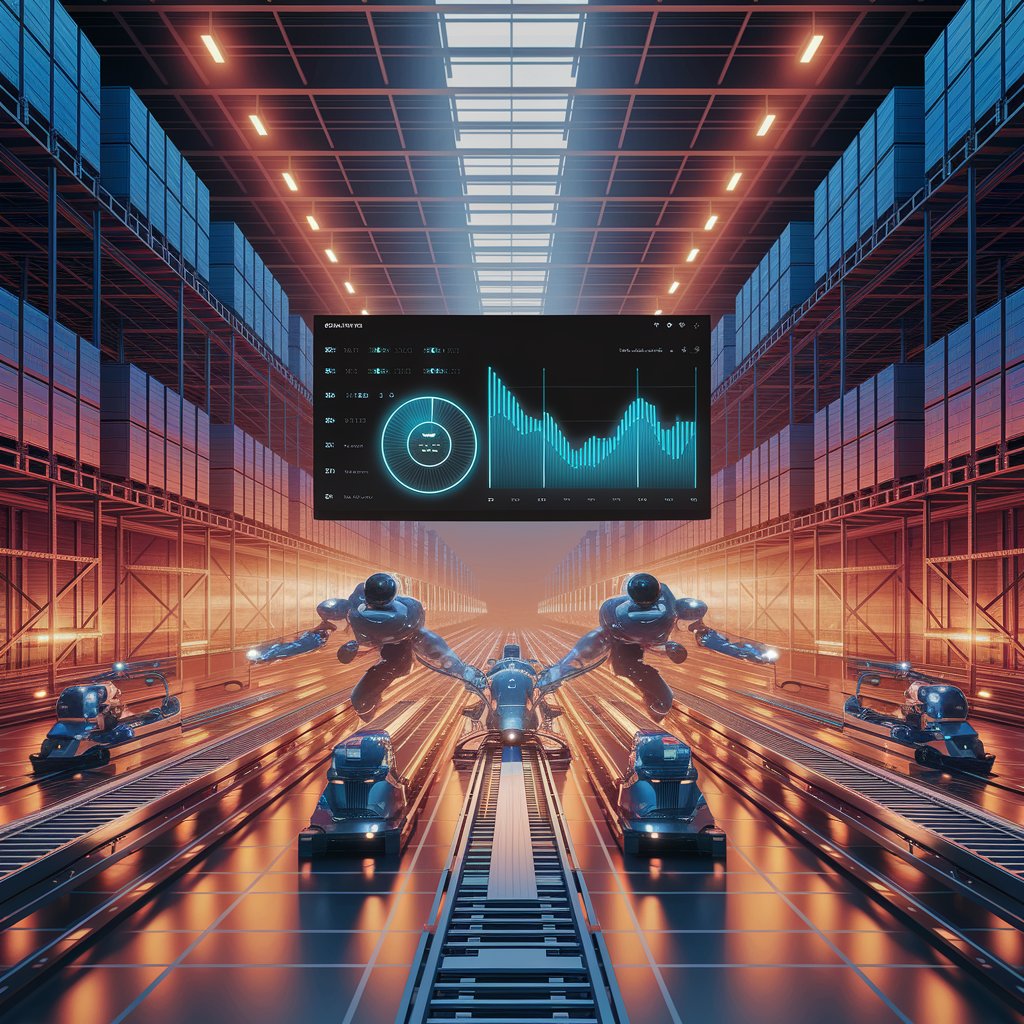Predictive Warehouse Flows: Smarter Operations Through AI and Data

Introduction
This is where predictive warehouse flows come in. By leveraging artificial intelligence, data analytics, and automation, warehouses can forecast demand, anticipate bottlenecks, and streamline workflows before issues occur. This innovation is transforming warehouses from reactive to proactive hubs of supply chain excellence.
What Are Predictive Warehouse Flows?
Predictive warehouse flows refer to the use of AI and predictive analytics to manage warehouse processes dynamically. Instead of simply reacting to incoming and outgoing goods, predictive systems forecast:
- Inventory demand trends
- Worker and equipment allocation
- Potential congestion points in workflows
- Maintenance needs for automated systems
This allows warehouses to adjust flows in real time, ensuring smooth operations and better utilization of resources.

Key Features of Predictive Warehouse Flows
- Demand Forecasting: Anticipate inbound and outbound volume changes.
- Resource Allocation: Assign workers and robots proactively.
- Bottleneck Prediction: Detect congestion before it slows operations.
- Dynamic Routing: AI directs goods through the fastest warehouse paths.
- Automated Alerts: Notify managers of potential issues before they escalate.
Benefits for Logistics Providers
- Higher Efficiency: Reduce delays in picking, packing, and shipping.
- Cost Savings: Optimize labor, space, and equipment utilization.
- Accuracy: Improve inventory management with real-time forecasting.
- Customer Satisfaction: Meet delivery commitments with greater reliability.
- Scalability: Easily adjust to seasonal peaks and unexpected demand surges.

Real-World Applications
- E-commerce Fulfillment: Predict holiday surges and allocate resources ahead of time.
- Pharmaceutical Warehousing: Anticipate product flows for temperature-sensitive goods.
- Retail Logistics: Balance inbound supplier deliveries with outbound store orders.
- Cold Storage Facilities: Adjust flows dynamically to reduce energy consumption.
The Future of Predictive Warehouse Management
With advances in IoT, edge analytics, and AI, predictive warehouse flows will evolve into self-optimizing ecosystems. Warehouses will run with minimal human intervention, adjusting in real time to global supply chain disruptions, demand spikes, and sustainability requirements.

Conclusion
Predictive warehouse flows are revolutionizing warehouse management by shifting from reactive operations to proactive optimization. By forecasting demand, preventing bottlenecks, and improving efficiency, predictive systems give logistics providers a powerful competitive edge. For modern supply chains, predictive warehouse flows are not just a trend—they’re the future of warehousing.
